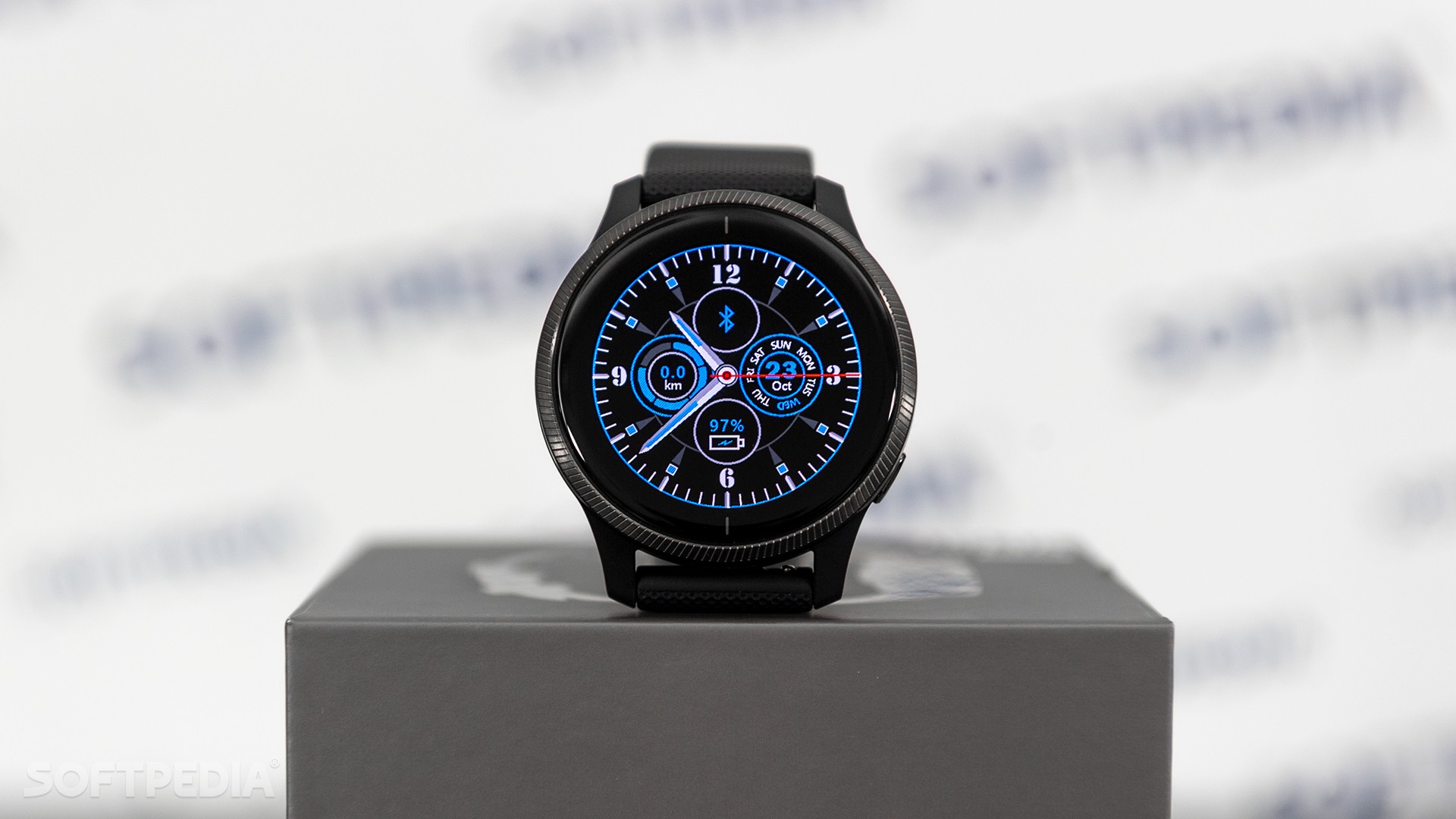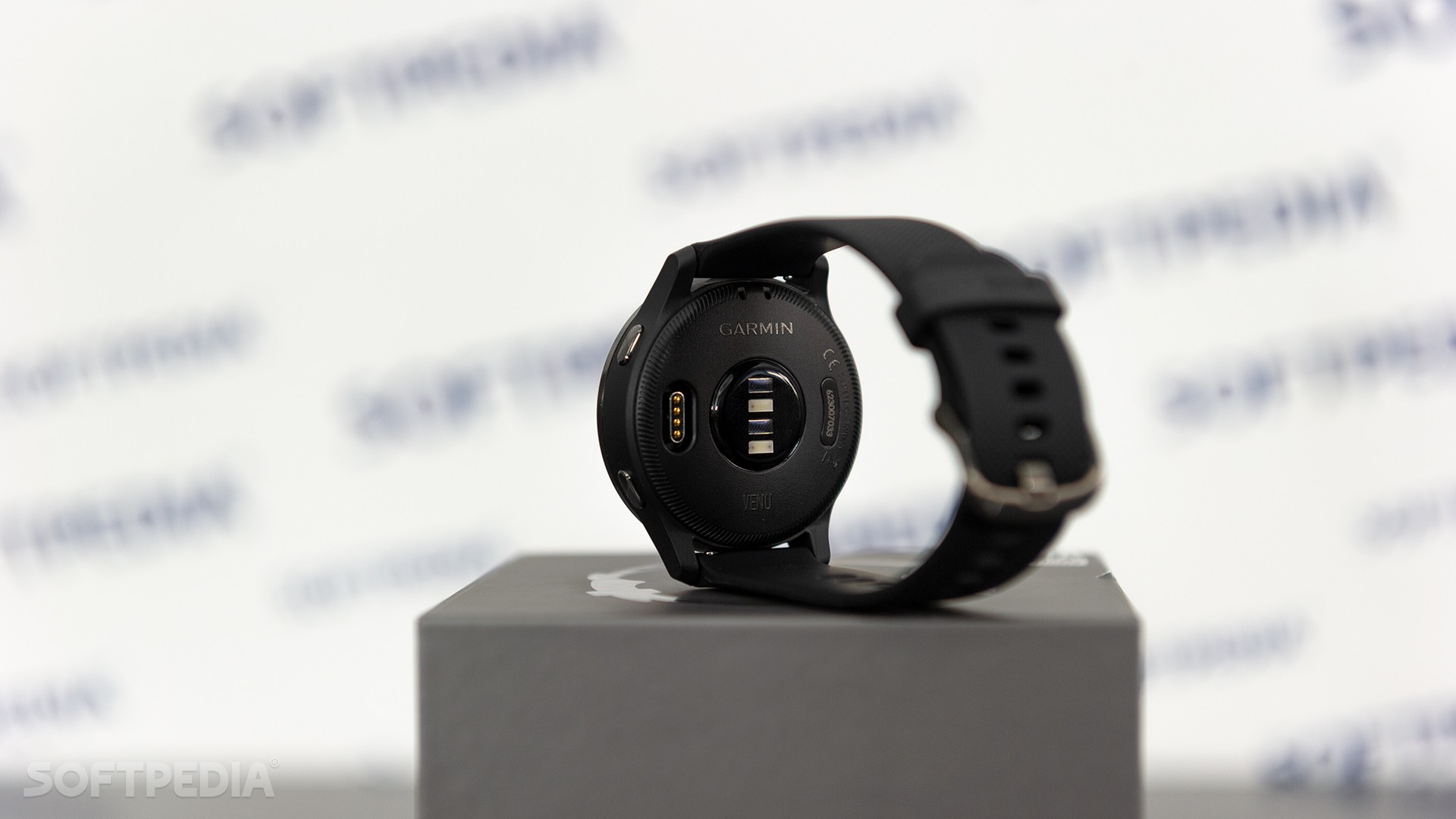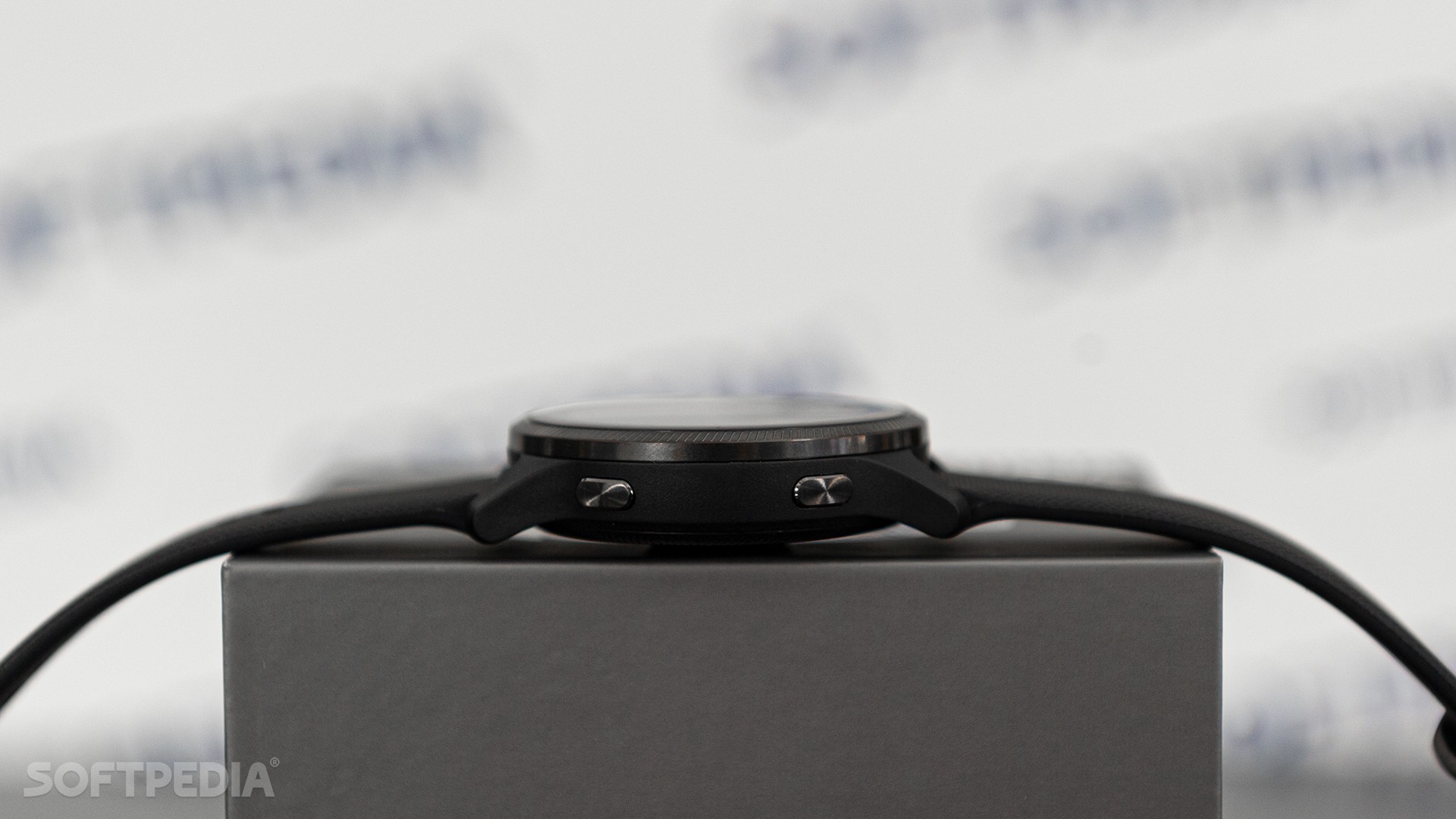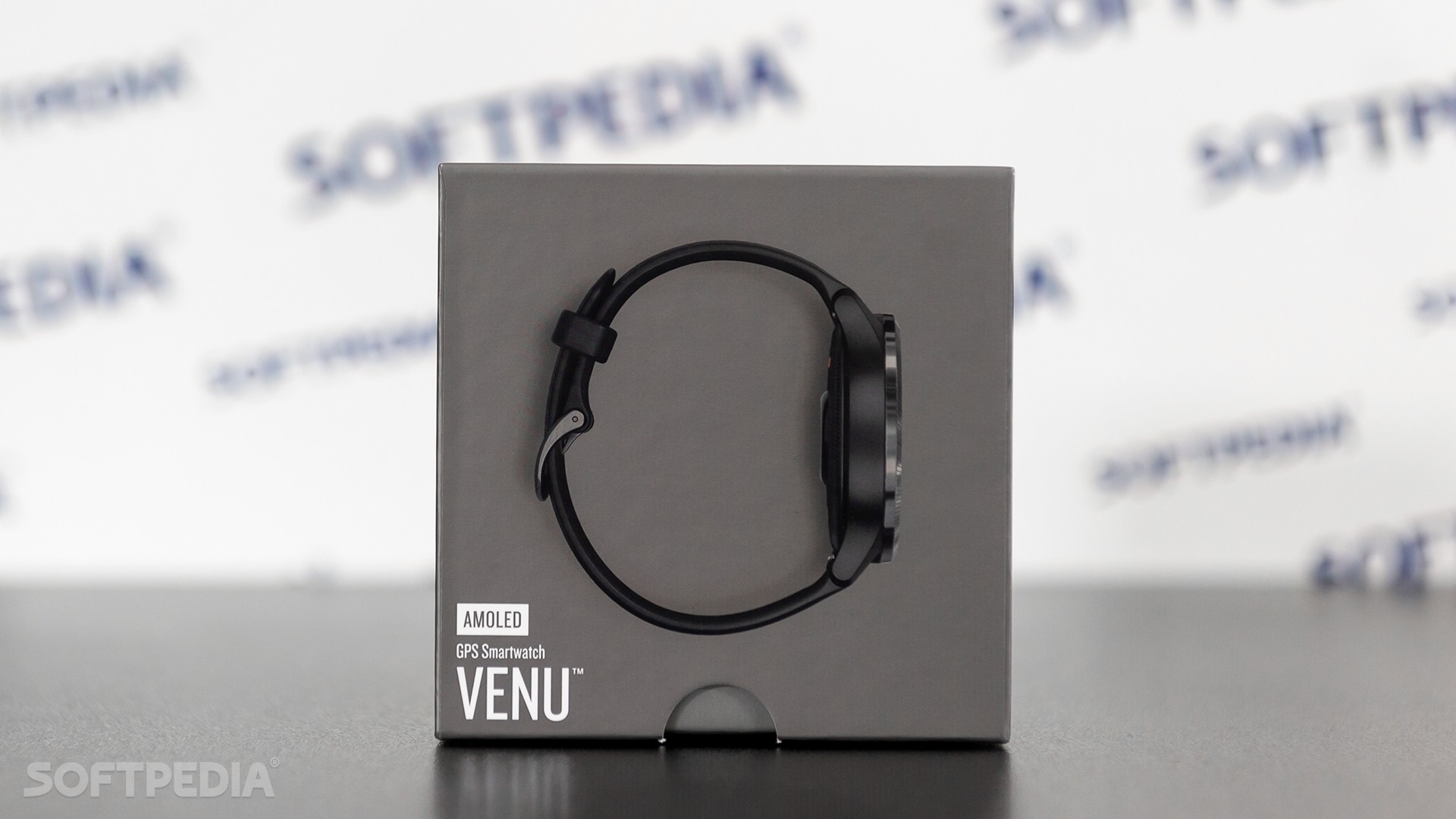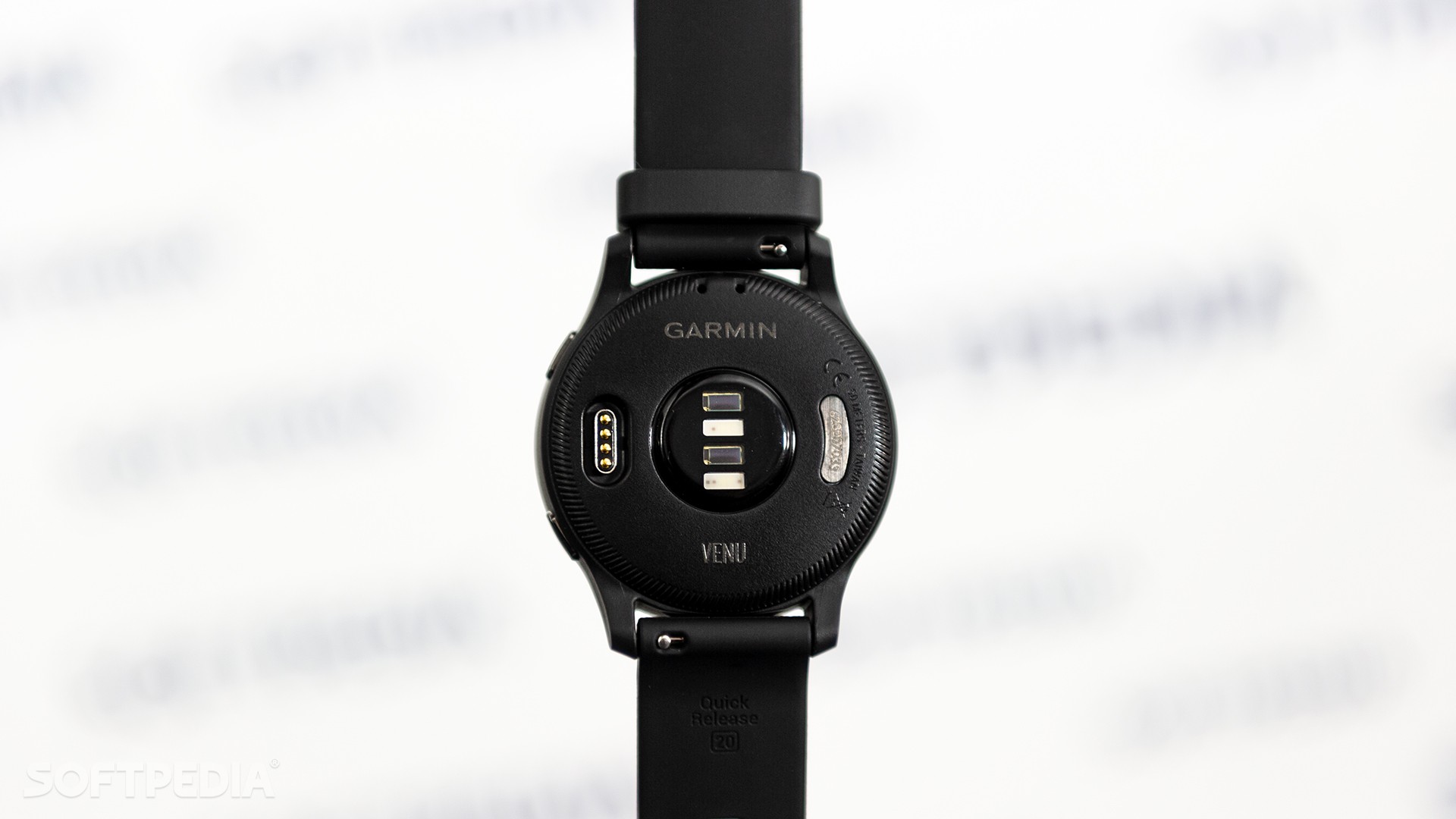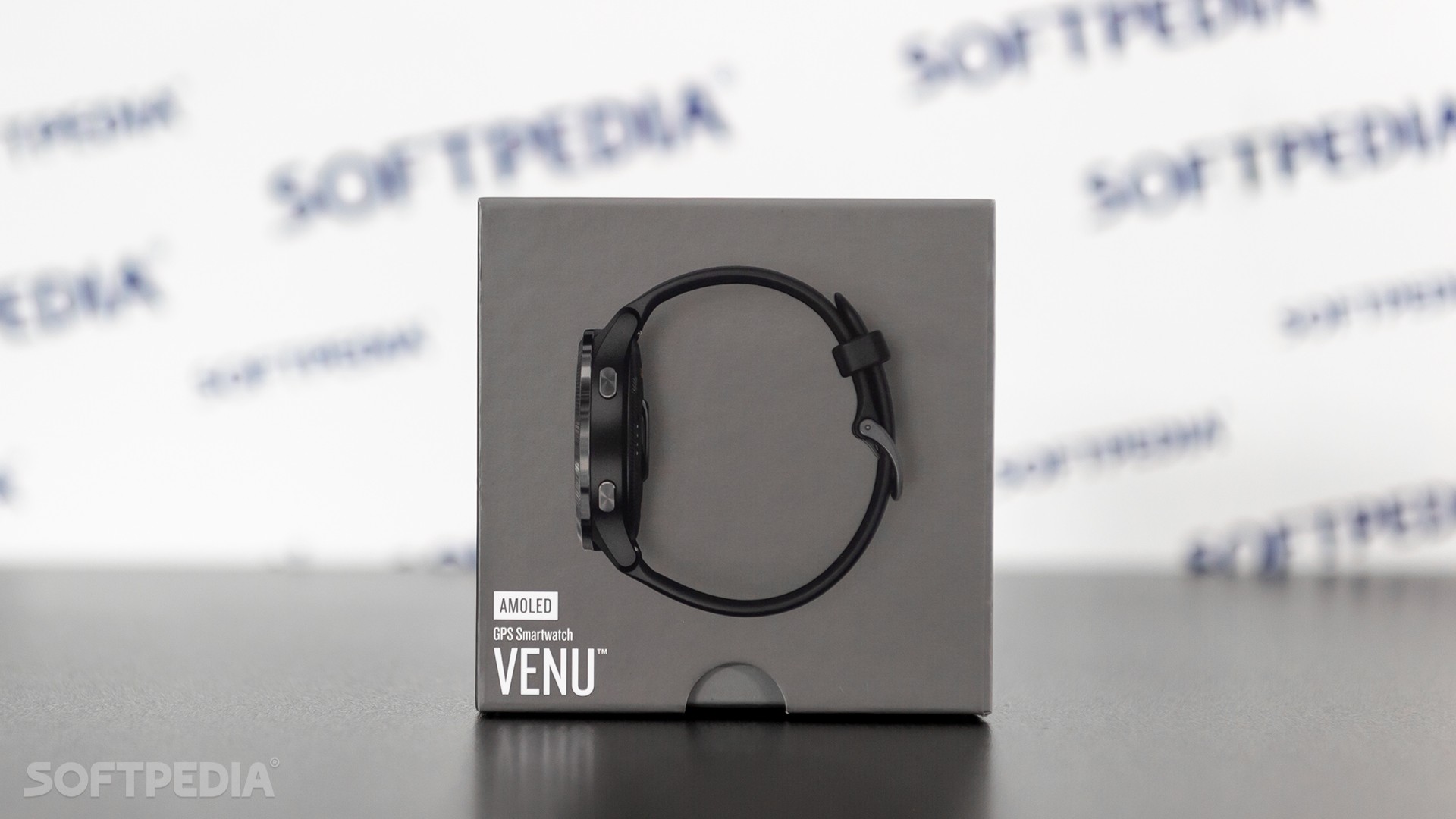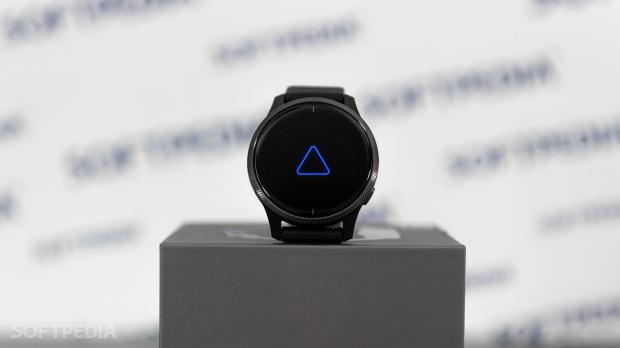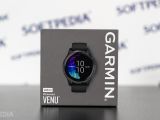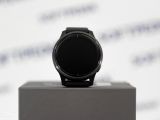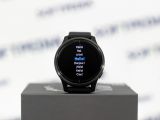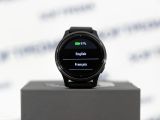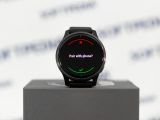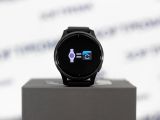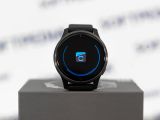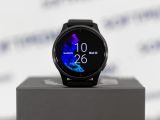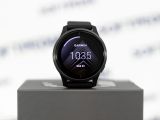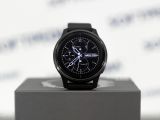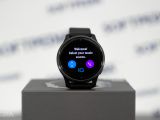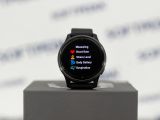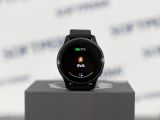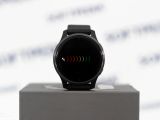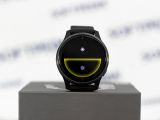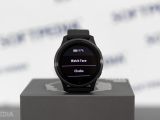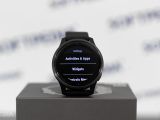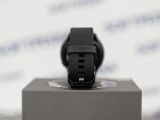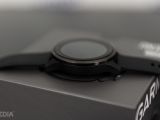Garmin is traditionally a wearable device manufacturer that’s more focused on activity tracking rather than on smart capabilities that push its products closer to the smartwatch category.
But once companies like Apple and Samsung started investing in smartwatches with super-advanced fitness tracking and health monitoring features, the whole thing just had to change.
In fact, embracing the smartwatch market was the only way to face this invasion of the activity tracking business, and here’s Garmin trying to build products that can easily become extensions to our smartphones.
That’s not to say Garmin is trying to create a device that competes against the Apple Watch. While some think that Garmin’s final purpose is to release an Apple Watch killer, I don’t think this is the case. Garmin remains fully-focused on activity tracking, but this whole new trend that I told you earlier forced the company to explore smartwatch capabilities as well.
So Garmin’s devices are still the super-advanced activity trackers that we knew, only that they’re now equipped with smartwatch features as well. In other words, it’s an old Garmin with a modern approach.
The company’s latest product perfectly aligns with this strategy.
Garmin Venu is the very first Garmin wearable that comes with an OLED screen. And this is huge. For both Garmin and customers, that is.
Venu is unmistakably a Garmin product. It features a circular design like several previous Garmin smartwatches such as the Fenix and Vivoactive series, but it gets a premium feel that you’re going to love. It doesn’t look as cheap as the Vivoactive 3, which is a welcome upgrade, but it’s still not as premium as the Fenix 6. This makes it a mid-range product from a design perspective, and that’s exactly how Garmin wants it to be.
The device is made from fiber-reinforced polymer with a polymer rear cover. This is more or less tough plastic that doesn’t feel like plastic, so there’s not much to complain about here, especially because the final purpose is to achieve extra durability. The little touch that I like is the bezel material, which is stainless steel, and this again adds to the premium feel that I told you about earlier.
With a 1.2-inch touchscreen and tipping the scales at a little over 46 grams, Venu is extremely comfortable. And without a doubt, Garmin’s silicone band also plays a key role. In my experience, Garmin makes some of the softest bands ever, and above all, they’re easy to change with universal bands. Venu uses 20mm with a quick release system, and you can find tons of replacements that don’t cost more than a few bucks online.
Garmin Venu measures 43.2 x 43.2 x 12.4 mm, and this means that it fits most of the hands just right. As a long-time Vivoactive 3 Music user, I find the Garmin Venu size simply perfect for my hand, but I’m not sure it wouldn’t look odd on a smaller wrist.
As compared to the Vivoactive 3 lineup, Garmin uses two different side buttons on the Venu. I wear my watch on the right hand, so the buttons are also on the right, and this makes them easy to press with my left hand.
Figuring out the purpose of each button doesn’t take more than just a few seconds, albeit I still don’t understand Garmin’s strategy regarding button configuration and customization.
Changing buttons’ functions isn’t possible, which is a shame given there are now two of them, and in some cases, they actually don’t do anything. For example, pressing the top button once fires up the workout menu, after which the same button is completely useless. A short press doesn’t do anything, as Garmin relies on touch input to browse the menus.
“Customization nightmare.”
Not to mention Garmin Pay. For a reason that doesn’t make any sense to me, you can’t configure either button to launch Garmin Pay. Garmin has improved things from the Vivoactive 3 Music by letting you swipe right on the home screen to fire up Garmin Pay, but still, you just can’t configure one of the two buttons to make the whole process a lot more convenient.
Fitbit Versa 2 does it, Apple Watch Series 5 does it, Garmin just doesn’t. Why exactly? It’s beyond my comprehension. I actually reached out to Garmin to ask about the logic regarding this “choice,” and I’ll let everyone know if I receive an answer.
Garmin Venu runs on Garmin’s proprietary operating system, and this is both good and bad, including for the reason that I described above. But on the other hand, this OS is super-easy to navigate, and at the same time, feels familiar for those who have previously owned another Garmin device.
One of the most annoying bugs that I've hit, and which has been experienced by others according to a quick Google Search, is the wallet not syncing. During my review I tried pretty much everything to get Garmin Pay on my test unit, and while the credit card was configured correctly in the Connect app, it just couldn't transfer to the watch. Garmin Venu just displayed an annoying "Wallet is empty. Set up the wallet using the Garmin Connect app." message. Restarting and repairing the watch didn't make any difference.
Now let’s talk about the biggest change on this smartwatch.
Garmin Venu is the first-ever Garmin product coming with an AMOLED display. The screen measures 1.2 inches, features a 390x390 pixel resolution and is protected by Gorilla Glass 3.
The quality of the screen is impressive, and visibility in direct sunlight is excellent. Garmin has previously used transflective MIP panels on its devices, so migrating to OLED is a major step forward, including for the company itself.
In terms of usability, the switch to OLED doesn’t produce any major changes, but when it comes to quality, the Venu pushes the Garmin brand to a completely new level. It’s not Apple Watch-level quality, but again, it’s not even supposed to be. Colors are well-calibrated, and just as expected, blacks are truly black, with sharp graphics and a very good level of detail.
One of the things that needs to be further polished is touchscreen sensitivity. I don’t know if others are experiencing this, but every time I scroll down or up with touch input on the Venu, I occasionally open up menus accidentally. Going back with a swipe right is also pretty difficult until you get used to it, as it you sometime end up tapping a feature, rather than performing the gesture.
The OLED screen doesn’t eat up the entire body of the watch, so there’s still a small bezel around it. This is easily noticeable from certain angles and in direct sunlight, but I don’t think it’s necessarily ugly. On the other hand, I expect future-generation Garmin watches to improve in this regard and increase the overall screen estate, reducing the size of the bezels and going closer and closer to an end-to-edge design.
As a Vivoactive 3 Music owner, one of my main concerns regarding the switch to OLED was battery life. I mean, the transflective screens made Garmin watches monsters in terms of battery life, so going for something as advanced as OLED was a substantial upgrade.
Fortunately, Garmin has somehow managed to minimize the battery impact of the display upgrade, and while OLED screens themselves are optimized for reduced power usage, it just looks like the Venu goes to extreme lengths in this regard. This doesn’t necessarily mean that you’ll reach the promised 5-day battery life, but you’ll actually get pretty close. On average, if you use the Venu in smartwatch mode with little to no working out, you lose about 25% per day, which means the battery life should reach 4 days per charge.
“Battery life is insane.”
Working out for about an hour every day with the GPS sensor activated reduces the battery life to some 2 to 2 days and a half if you wear the Venu during the day and during the night. This is impressive, to say the least, especially given how many things this product can do.
And because we’ve reached the point where we need to discuss the many things Venu can do, let me remind you from the very beginning this is a Garmin device. And like every Garmin device, it’s built for an active lifestyle from one end to another, so the feature lineup is truly overwhelming.
I’ll only discuss the upgrades in detail, but I think it’s worth reminding that it can keep track of steps, sleep, calories burned, floors climbed, distance traveled, intensity minutes, fitness age, body monitor, and stress. It comes with swim support and can measure lengths, distance, pace, stroke count, swim efficiency, and calories.
Garmin has configured a series of gym activity profiles, like strength, cardio, and elliptical training, stair stepping, floor climbing, indoor rowing, yoga, Pilates and breathwork, and you can download additional from the Garmin store through the Garmin Connect app.
One of the highlights on the Garmin Venu is the so-called Body Battery Energy Monitoring, which keeps track of your stats during the day and displays the body energy at certain times. This means you can better determine the best times for activity and rest.
Respiration tracking is also available, and I think this is one of the coolest features of the Venu. However, I’m not sure how accurate it is, and I doubt some of data is correct. For my latest sleep data, the lowest score is 7 brpm (breaths per minute), which seems a little too low, even if I’m a heavy sleeper.
The Pulse Ox sensor is obviously available on the Garmin Venu too, and its purpose is to measure your blood oxygen saturation all the time to determine how efficiently your body absorbs oxygen. One thing that needs to be mentioned here is the impact this sensor has on battery life. Keeping the Pulse Ox sensor activated 24/7 does reduce battery life by about 10% (that’s my very own estimation), so have that in mind if you want the stats.
“Garmin power.”
Garmin Venu also comes with menstrual cycle tracking, and this one includes period reminders, cycle details, symptoms logged for the day, and other welcome data that women would find very helpful.
Sleep monitoring is without a doubt top class. And it’s all because it relies on an insane army of sensors to collect data while you sleep, and right now, I think Garmin’s products are among the most accurate on the market when it comes to sleep monitoring.
Sleep data is divided into three different parts that include stages, Pulse Ox, and respiration, and each tab comes with lowest, average, and highest scores, as well as with charts to help you get a more accurate picture of how you can improve your sleep. What I miss, though, is a sleep score like the one available on the Fitbit Versa 2, which indeed makes it easier to determine how good your sleep really is.
When it comes to smartwatch capabilities, there’s no doubt Garmin Venu can unleash its full potential on Android. While it also works with Apple’s iOS, Cupertino’s walled-garden limits the capabilities of the device, especially in the notification department where the only option is dismiss.
On Android, on the other hand, you get so much more, including replying to messages and deleting emails on Gmail and personal accounts. Such capabilities come in super-handy, and I’ve found myself interacting with notifications from the smartwatch pretty often, which means that I no longer need to pull out my smartphone and unlock it as often as before.
Like the other Garmin smartwatches, Venu features support for third-party faces as well, and there are plenty to choose from in the Connect IQ Store. Because it features an OLED screen, Garmin Venu also comes with Always-On Display, which basically means that you’ll get essential information, like the time and date, on the screen at all times. There are two things that need to be mentioned here.
First of all, not all faces come with AOD. Right now, for example, almost no third-party faces include AOD, so it’ll take time until this feature is widely adopted by developers coding for Garmin’s platform, which means you’d better stick with official faces for now. Garmin doesn’t have a standard AOD to be used when no third-party version is available, an approach that Fitbit uses, so without AOD, the screen just turns black.
And second of all, AOD has an impact on battery life as well, so turn it off if you want the Venu to last longer per charge.
Living proof that Garmin is aiming for more smartwatch capabilities is the attention that the company now has for safety features. Garmin’s incident detection is back on the Venu and allows for the smartwatch to contact an emergency person when it detects certain actions, such as a potential fall. Garmin Assistance, a feature that includes incident detection, can be activated manually with a long-press on the top button, but you first need to configure it on the phone (setting up the emergency contact).
THE BOTTOM LINE
While it’s not the best wearable on the market right now, Garmin Venu is based on a combination of smartwatch capabilities and activity tracking features that’s really hard to beat.
What I think is the most important improvement that this device brings isn’t necessarily the OLED screen, but what it means for Garmin going forward.
Embracing OLED shows that Garmin is very serious about improving its devices with latest-generation technology, and this is important in the long term in order to convince customers to stick with the company and not switch to a different brand.
Garmin is far from becoming the number one wearable manufacturer, and the company isn’t even aiming for this. What it wants instead is to build high-quality products that continue its heritage of being a leader in the activity tracking market, while also adding features that make sense in a modern world.
Right now, I believe it’s important for each and every one of us to make a difference between true smartwatches, like the Apple Watch, and Garmin’s products. While the Apple Watch is a mini-computer that plays the role of a little iPhone on your wrist, devices like Garmin Venu are based on a completely different concept that’s based on activity monitoring and providing users with an insane amount of data.
Depending on what you need, choosing the right product for you shouldn’t be such a huge pain in the neck, despite more and more companies trying to build the almighty all-in-one smartwatch.
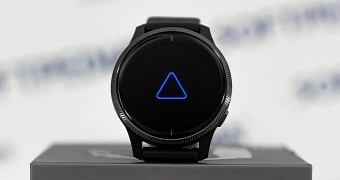
 14 DAY TRIAL //
14 DAY TRIAL // 